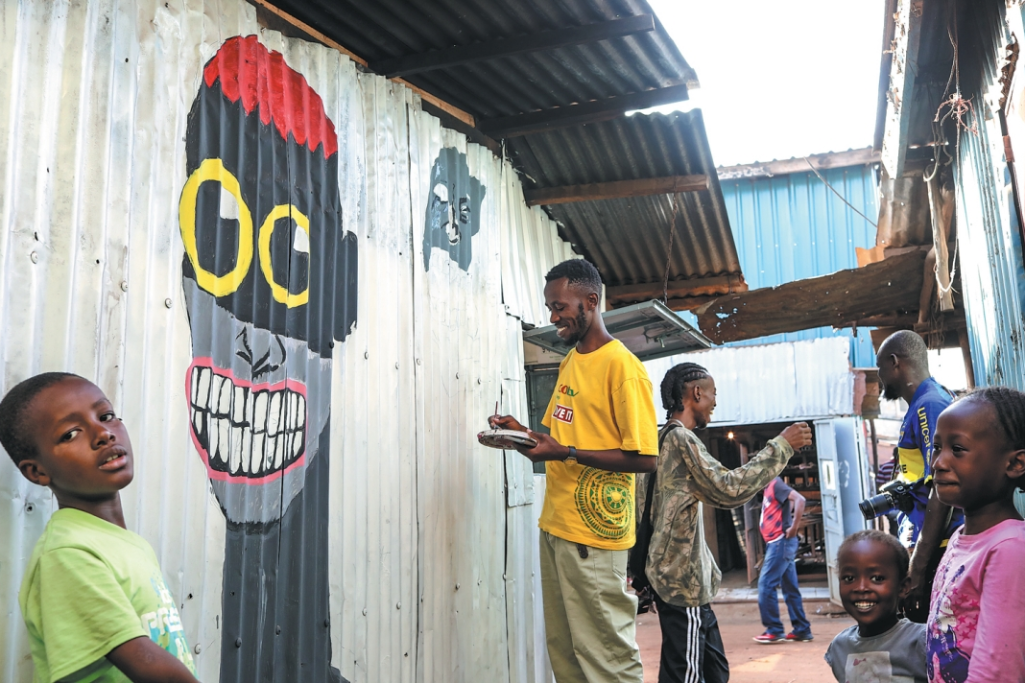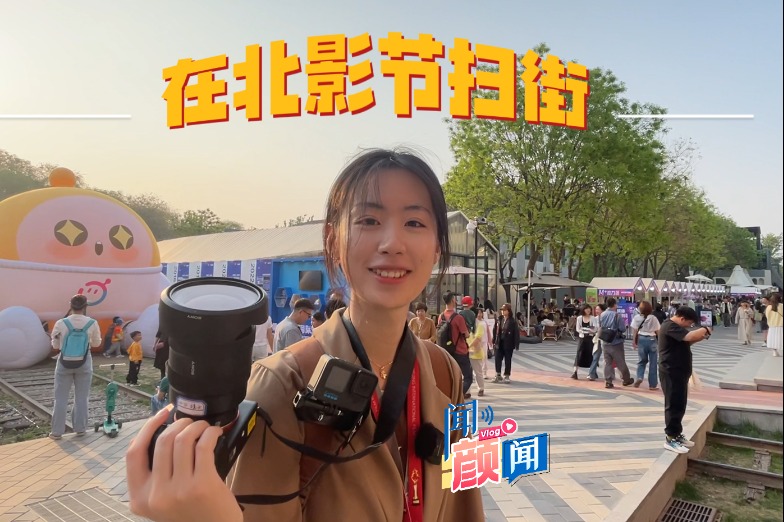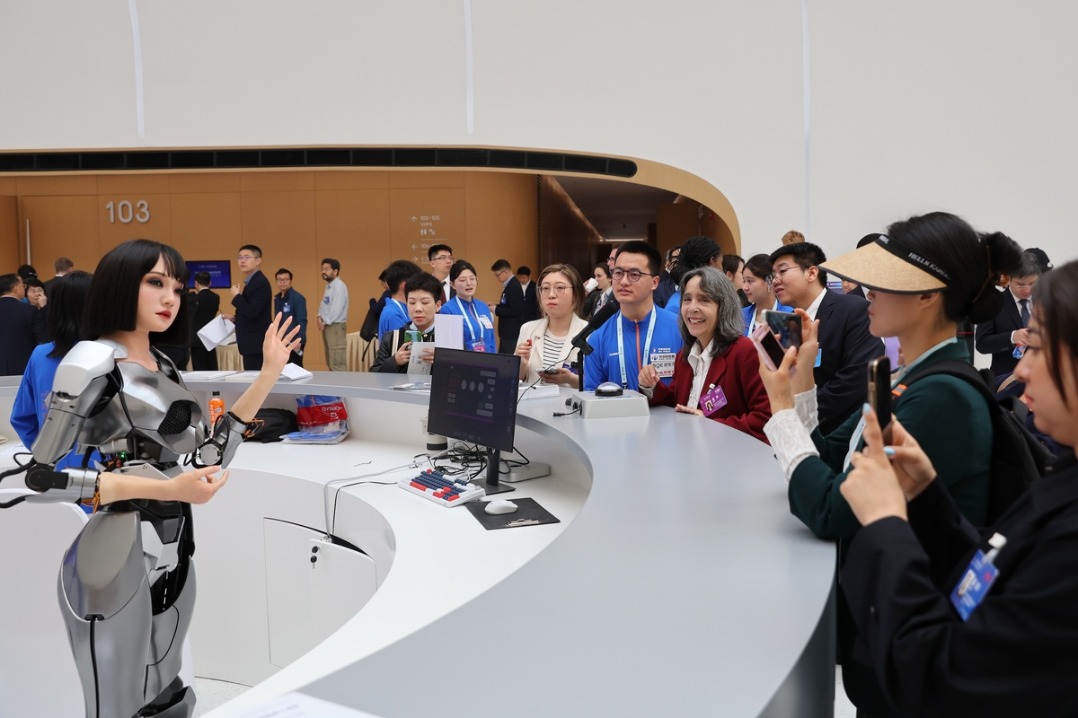Eco-friendly model city has taken root in Tianjin


Drawn by livability
For residents like Zhou Bin, the project manager, these attractions have contributed to a level of livability that also drew his parents and parents-in-law to the city. His household of seven includes an 8-year-old daughter attending a nearby school.
"She enjoys her classes in this environment. The kindergartens and primary schools are very good here. The elders also make full use of the efficient, green public transportation and parks," he said.
Zhou said that while his daughter may have to go elsewhere to broaden her educational options as she gets older, he will remain in the eco-city because of its livability, even if he learns of job opportunities in Beijing, a two-hour drive away.
"Infrastructure, amenities, entertainment and recreational facilities are very adequate here, and there is no real need to even head to downtown Tianjin," he said.
According to the master developer, the eco-city is now building on "the strong foundation laid over the past decade and implementing a dual development strategy that will drive its transformation into an 'upgraded eco-city' and an 'innovative smart city'".
The eco-city provides "a conducive environment for the trial and implementation of cutting-edge smart technologies that can sense, analyze, integrate and use data to respond to a variety of municipal needs", the master developer said.
The initial planning phases for the eco-city integrated many characteristics of sustainable development, focusing on a mix of feasible, practicable technologies and policies to realize its development goals. Upgraded key performance indicators include quantitative and qualitative metrics covering renewable energy, green buildings, efficient use of water resources, effective recycling and treatment of waste, and green transportation, according to the master developer.
Residents have reaped the rewards of these moves, ranging from good air quality and potable water taps to wetland protection and shoreline retention.
Under the upgraded key performance indicators, all of the eco-city's buildings are green structures, through "techniques and measures like natural ventilation, natural lighting, high-performance enclosed structure systems, renewable energy systems, high-efficiency lighting systems, energy management systems, water recycling techniques, green materials, green construction management and green property management", the developer said.
The eco-city's Low Carbon Living Lab project, which showcases best practices in sustainable design strategies and green building technologies, reported that 28 percent of energy was derived from renewable sources, and 30 percent less energy was consumed, compared with similar buildings in Tianjin, for the equivalent of 171 metric tons of coal and 427 tons of carbon dioxide.
The eco-city is also home to Tianjin's first zero-carbon building demonstration project.
In order to make the city a "pilot model for national smart cities", a framework system includes a smart city operations center, integrated service platforms for facilities, data and people, and various smart applications, the developer said.
The operations center aims to serve as the "brain" of the city, with real-time monitoring of city operations, smart analysis and capabilities to dispatch emergency response teams, it said.
What's more, the integrated service platforms help to strengthen the interconnection between facilities, events and people in the city, and the smart applications enable residents and businesses to "enjoy greater convenience when using medical, food, housing, transportation, entertainment and education services", according to the developer.
Wang Bin, deputy director of State Grid's digital technology innovation center in Tianjin, said the eco-city's residents have access to some of the latest technologies rolled out by the utility giant.
"They get access to our IoT(internet of things) projects, such as digital tracking of utilities usage, eldercare livability monitoring, an integrated network of green spaces, new energy transportation, public spaces, lighting and other smart city infrastructure," he said.
"The eco-city is most suitable as a test bed for use of the latest technology, promoting green, technological and smart city priorities that can be extended to other areas," Wang said.
























